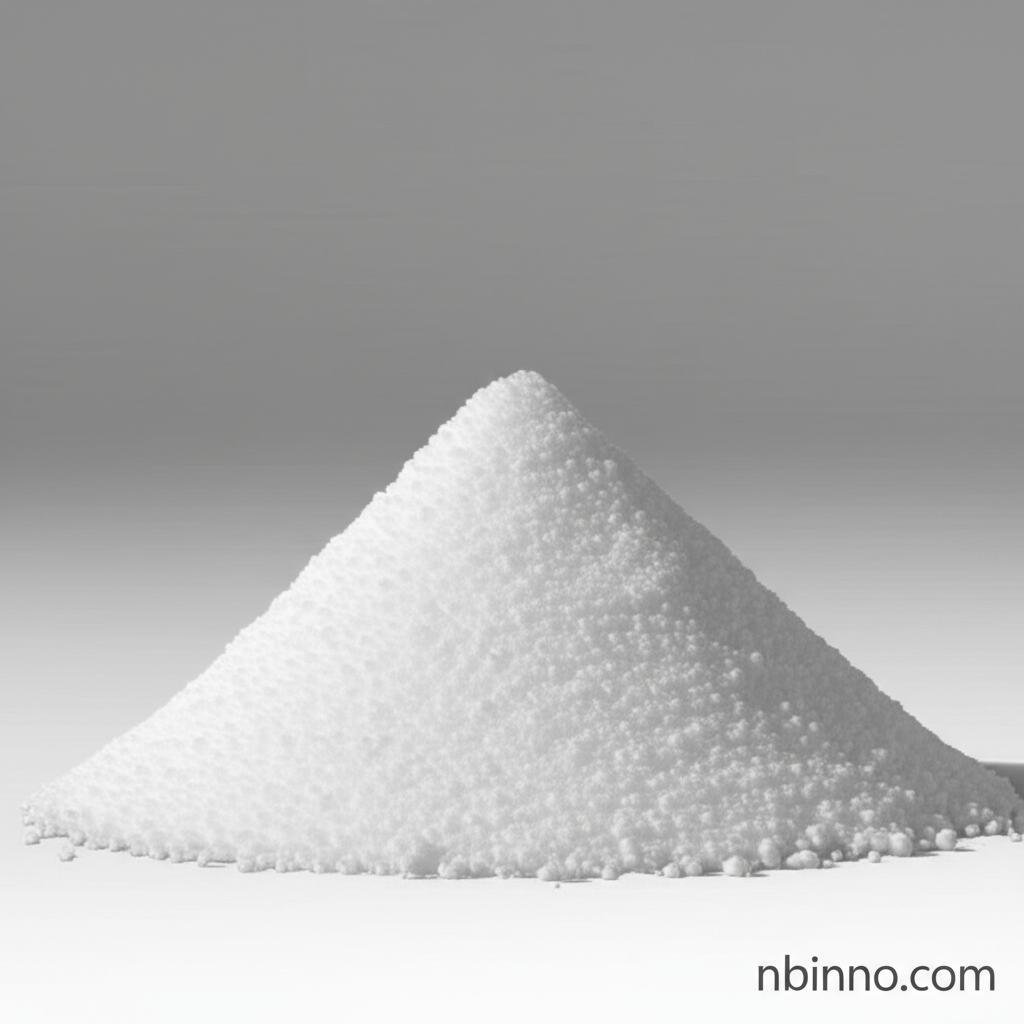Tris(2,4-dimethoxyphenyl)methanol (CAS 76832-37-6): A High-Purity Intermediate Supplier for Advanced Synthesis
Discover Tris(2,4-dimethoxyphenyl)methanol, a critical fine chemical intermediate with CAS number 76832-37-6. We provide high-purity materials sourced from leading Chinese manufacturers, ensuring reliability and cost-effectiveness for your research and development needs.
Get a Quote & SamplePremium Tris(2,4-dimethoxyphenyl)methanol for Your Synthesis Needs

Tris(2,4-dimethoxyphenyl)methanol
As a trusted supplier and manufacturer in China, we offer high-purity Tris(2,4-dimethoxyphenyl)methanol (CAS 76832-37-6). This compound is a valuable building block for complex organic synthesis, serving essential roles in pharmaceutical intermediates and material science applications. Partner with us for consistent quality and competitive pricing.
- High Purity: Ensure reliable results in your synthesis projects with our ≥95% pure Tris(2,4-dimethoxyphenyl)methanol.
- Versatile Intermediate: Utilize this fine chemical as a key component in advanced organic synthesis pathways.
- Reliable Sourcing: Benefit from our direct partnerships with established manufacturers in China for secure supply.
- Flexible Packaging: Available in various quantities, from grams to kilograms, to meet your specific project demands.
Advantages of Sourcing Tris(2,4-dimethoxyphenyl)methanol
Exceptional Purity and Quality
We are committed to supplying Tris(2,4-dimethoxyphenyl)methanol with verified purity, crucial for demanding chemical synthesis and R&D. Our rigorous quality control ensures consistent product performance, making us a preferred supplier for your procurement needs.
Cost-Effective Manufacturing in China
Leveraging our strong network of manufacturers in China, we offer competitive pricing for Tris(2,4-dimethoxyphenyl)methanol. This allows you to optimize your R&D budget without compromising on quality, a key advantage when seeking bulk purchase options.
Expert Technical Support and Availability
Our team provides expert support for your inquiries regarding Tris(2,4-dimethoxyphenyl)methanol. As a dedicated supplier, we ensure timely delivery and responsiveness to your needs, whether you are looking to buy small research quantities or bulk industrial orders.
Key Applications for Tris(2,4-dimethoxyphenyl)methanol
Organic Synthesis
Tris(2,4-dimethoxyphenyl)methanol serves as a versatile building block in complex organic synthesis, enabling the creation of intricate molecular structures.
Pharmaceutical Intermediates
Its chemical structure makes it a valuable precursor for synthesizing active pharmaceutical ingredients (APIs) and other critical intermediates.
Material Science Research
This compound can be explored for its potential in developing novel materials with unique properties, contributing to advancements in material science.
Chemical R&D
Researchers widely utilize this fine chemical in laboratory settings for various experimental and developmental purposes, highlighting its importance in the chemical R&D landscape.
